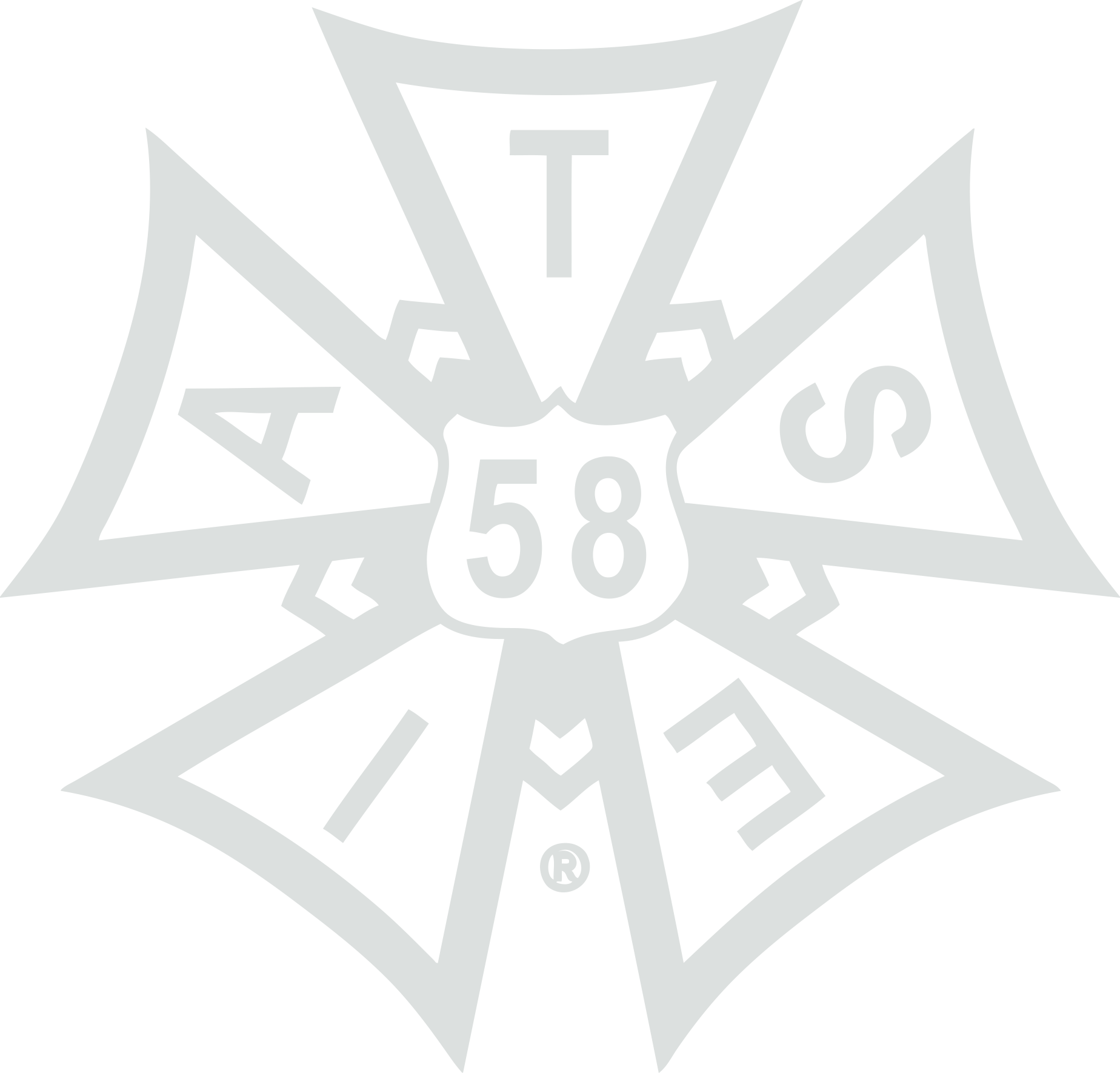Following the war, the CNE resumed its grandstand shows. These were large spectacles involving hundreds of extras and in later years, big international stars like Danny Kaye or Jimmy Durante. Once again, August was the busiest month of a stagehand’s year. The scenery for these shows was constructed in a dirt-floored building called Machinery Hall, by members of the Local. Carpenter Bob Hall remembers using horse glue that had to be melted on a hot plate before it could be used.
The burlesque tradition in Toronto was represented by the Star Theatre and the Gaiety Theatre. Many years later, the Casino on Queen Street West was popular and the Victory Burlesque on Spadina was many a young man’s destination for fun on a friday night. Although the live entertainment onstage would be considered tame by today’s standards, it was pretty risqué stuff for Toronto the good. It was hard work and long hours for relatively low wages but according to some of the men who worked in these houses, there were some memorable, if not repeatable, moments.
The world-famous Metropolitan Opera Company of New York began to visit Toronto in the 1950’s, bringing the classic repertoire and some of the world’s greatest singers to a city that was starved for classical culture. These Met shows were huge productions with incredible logistical problems to overcome, not the least of which was the lack of a grid in the only available venue – Maple Leaf Gardens. Paul Morris recalled that for the first years of the Met a framework of Douglas fir beams was constructed and the grid was suspended from them. Listening to the reminiscences of older members like Jack Bailey, Grant Milligan or Robert Hall, one is struck by the pride they took in the work they did, putting up these enormous shows. For most it was their first exposure to opera but it was not the last.
The excitement created by ‘The Met’, helped to establish a local interest in opera. The Canadian Opera Company was founded in 1950 but it took a great many years of hard work before it became firmly established. Like the National Ballet of Canada that was formed by Celia Franca in 1951, the COC struggled in large part due to a lack of a proper venue. Although both companies used the Royal Alexandra Theatre, the Alex was too small backstage and it had too few seats. The head electrician of the Royal Alexandra was Bill Dale, who also designed the lights for the Jack Arthur shows at the CNE grandstand. As the President of Local 58, he attended international conventions and laid the groundwork for the establishment of insurance, retirement and sick benefit funds, far-sighted plans that other locals had not yet established. At the bar of the old Metropole Hotel, which was a favourite stagehands hangout, they kept a bottle of Cullimore Dew Irish Whiskey for Bill Dale.
The construction of the O’Keefe Centre in 1960 forever altered Toronto culturally. The pre-Broadway tryout of the Lerner and Lowe musical “Camelot” starring Richard Burton and Julie Andrews brought Toronto into the big leagues of show business in a hurry. As road shows and industrials kept the O’Keefe humming, they also transformed Local 58 into a more modern, technically adept workforce, learning and changing to meet the demands of the new shows.
Jim Fuller, who was the recently elected president of Local 58, became the head electrician at the O’Keefe Centre. 38 years later, Brother Fuller was still the president although he has retired from his duties at the O’Keefe. During his tenure in office, the Local saw a phenomenal growth in business, wages and in its membership that numbers over 300 today. Along with other hard-working officers, like former vice-president Don Koster and former treasurer Bill “Benny” Benzummin, Brother Fuller has helped to establish the most comprehensive scheme of insurance and benefits enjoyed by the members of any Local in the Alliance.
Since those heady days of “Camelot” opening, both the COC and the National Ballet have grown steadily, often spectacularly, using the O’Keefe Centre as their Toronto home. Although the Ballet’s mandate is to tour, Toronto is the company’s base. For many years these companies ran a combined shop, and the Local 58 ‘bug’ is on many of their productions.
In the early sixties, a dynamic entrepreneur nicknamed “Honest Ed” Mirvish rescued the Royal Alexandra Theatre that seemed doomed to be torn down, from the doldrums. With the panache and chutzpah of a natural showman, this unlikely ‘angel’, put one of the most beautiful theatres in North America, back on the theatrical map. For nearly forty years this theatre has rarely had a dark week and Ed Mirvish and his son David, are held in the highest regard by anyone who has had dealings with them, including of course, the stagehands.
By the late 1970’s, the Exhibition had become the home of some of the biggest rock and roll extravaganzas in history. The first were the pioneers of ‘stadium rock’, like Pink Floyd and the Electric Light Orchestra.
